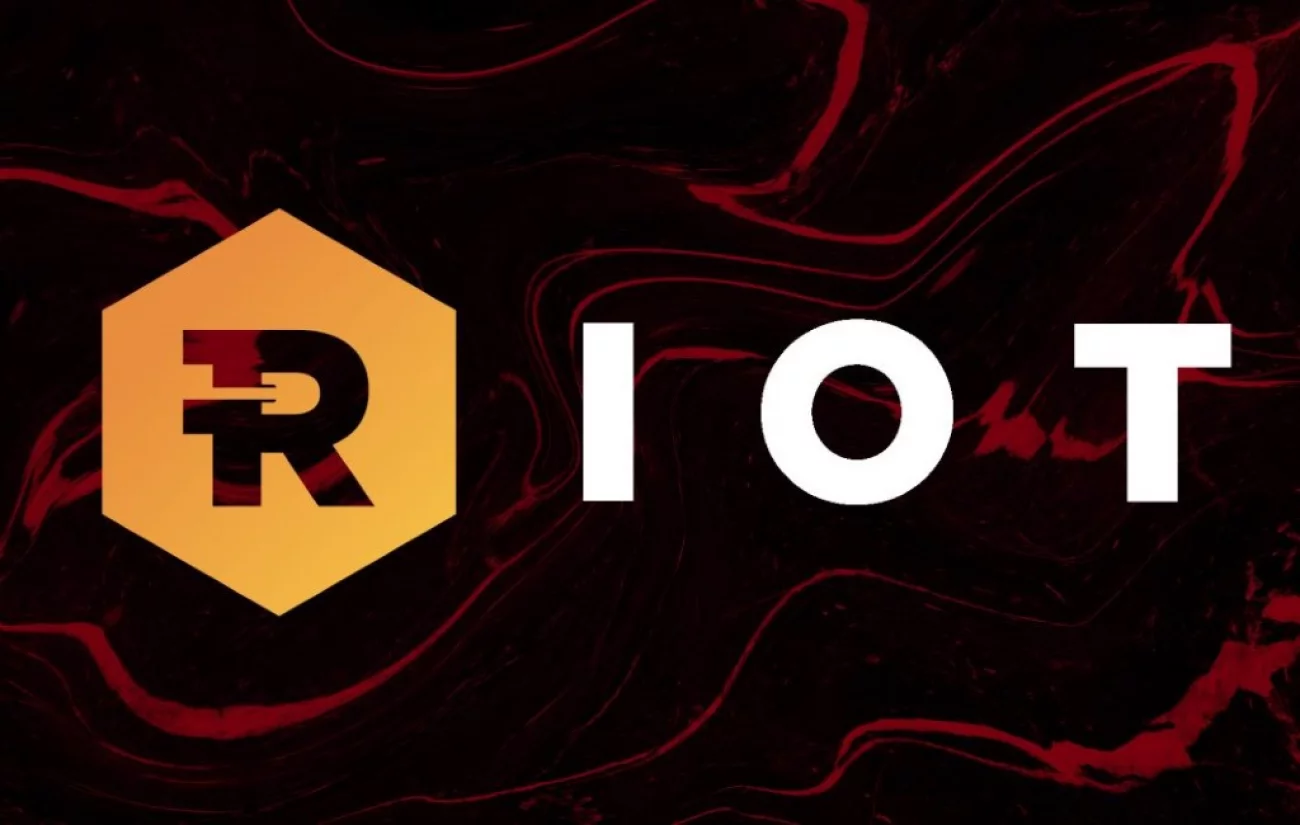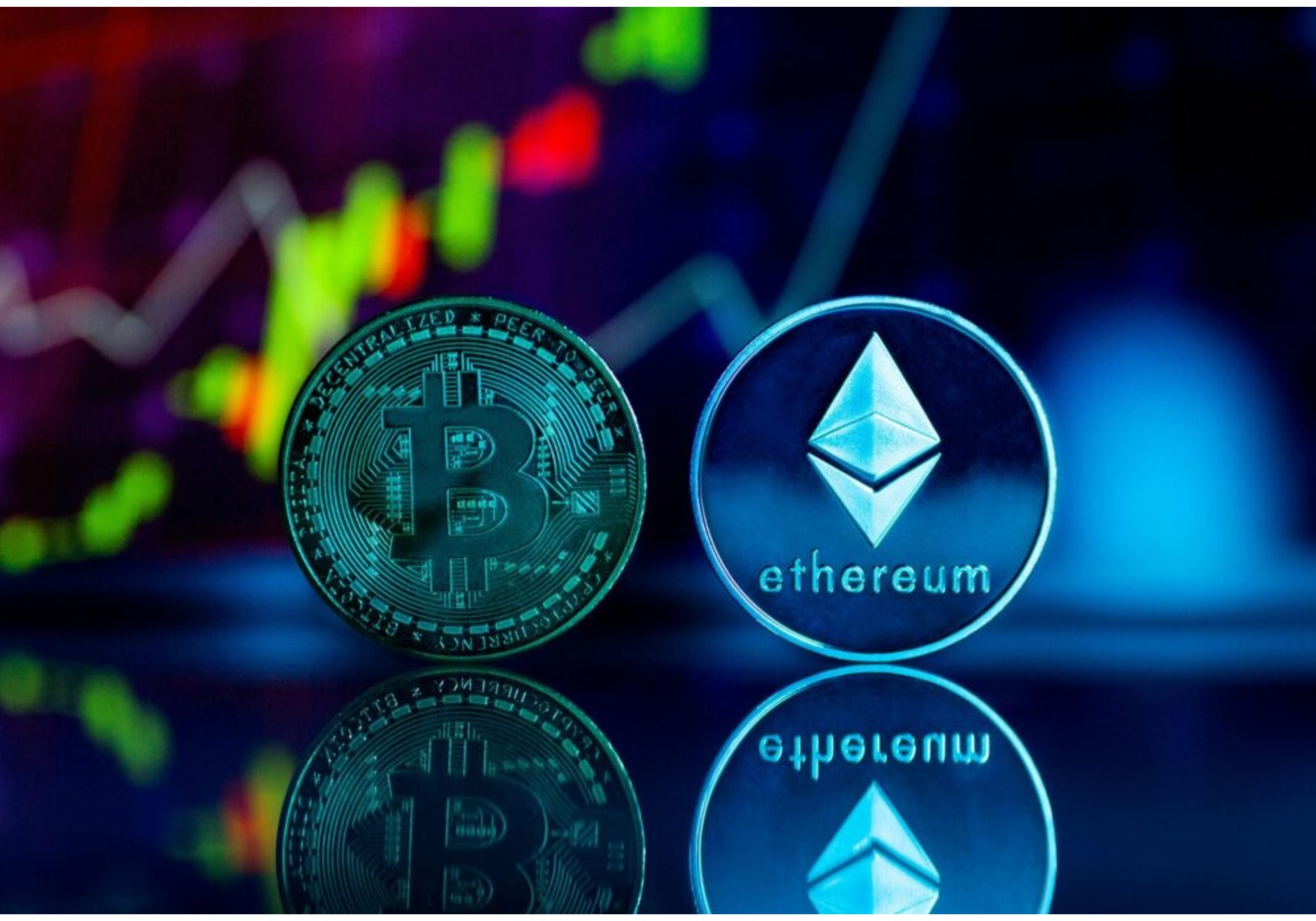On May 5, 2025, Riot Offloads 475 Bitcoin, as Riot Platforms, a leading Bitcoin mining company, sold 475 BTC for $38.8 million to bolster liquidity amid post-halving challenges. The sale, which included all 463 Bitcoin mined in April and 12 from reserves, marks a shift from Riot’s 100% hodl strategy, driven by a 50% reduction in block rewards following the April 2024 Bitcoin halving. With a $3.2 trillion crypto market, Riot Offloads 475 Bitcoin to navigate rising network difficulty and declining margins. This article explores how Riot manages mining pressures, its implications for the blockchain industry, and opportunities for investors.
Why Riot Offloads 475 Bitcoin
Riot Offloads 475 Bitcoin to address financial pressures post-halving, which cut Bitcoin block rewards from 6.25 to 3.125 BTC. This reduction, combined with a 10% increase in network difficulty in Q1 2025, has squeezed miners’ profitability. Riot, based in Castle Rock, Colorado, mined 463 BTC in April, down 13% from March due to heightened competition and rising operational costs. The sale, at an average price of $81,731 per BTC, reflects Riot’s need to fund operations without diluting equity.
The Bitcoin mining industry faces broader challenges, with firms like CleanSpark also reporting lower output. Posts on X highlight mixed market sentiment, with some viewing Riot’s sale as a pragmatic move, while others, like @SRSroccoReport, see it as a sign of industry strain. Riot sells mined BTC to adapt to a tougher economic landscape.
Details of Riot’s Bitcoin Sale
Riot Offloads 475 Bitcoin, liquidating its entire April production and dipping into reserves, leaving 19,211 BTC on its balance sheet, valued at $1.8 billion. The transaction, reported in Riot’s monthly update, follows a 17% hash rate increase in May 2024 after launching a new Texas facility. Despite this, Riot’s monthly revenue dropped 43% post-halving, as lower rewards and a Bitcoin price below its $90,000 peak strained margins.
Riot’s 2023 acquisition of 66,560 MicroBT rigs boosted its hash rate to 12 EH/s, but rising energy costs and network difficulty—up 15% since January 2025—have offset gains. Riot liquidates BTC to maintain operational stability, a trend seen across miners like Marathon Digital, which mined 12,852 BTC in 2023 but faced similar pressures.
Implications for the Crypto Market
Riot sells mined BTC, signaling broader Bitcoin mining challenges. The halving’s impact, reducing miners’ revenue by half, has forced firms to sell assets or seek financing. Riot’s sale aligns with industry trends, as Core Scientific mined 19,274 BTC in 2023 but reported tighter margins in 2025. The crypto market remains buoyant, with Bitcoin trading at $83,000, but miners face a profitability crunch.
Riot’s move could pressure BTC prices if other miners follow, though institutional demand from ETFs like BlackRock’s absorbs some selling. Riot manages mining pressures to stay competitive, but sustained low margins may reshape the mining landscape, favoring firms with efficient operations.
Opportunities for Investors and Developers
Riot Offloads 475 Bitcoin, creating opportunities for investors and developers. Investors can explore mining stocks like Riot or Marathon, which trade at a 20% discount to BTC holdings, offering exposure to Bitcoin with operational upside. Developers can leverage blockchain innovations, such as Layer-2 solutions, to reduce transaction costs for miners. Riot’s Texas facility, with 700 MW capacity, supports scalable mining, attracting Web3 projects.
Bitcoin’s hash rate growth, up 25% since the halving, signals robust network security, encouraging DeFi development. Riot liquidates BTC to fund growth, positioning it for recovery if Bitcoin surpasses $100,000, as predicted by JPMorgan.
Challenges Facing Riot’s Strategy

Despite Riot Offloads 475 Bitcoin, challenges persist. Network difficulty, at an all-time high of 85 trillion, increases mining costs, with Riot’s cost per BTC rising to $8,200 in Q1 2025. Energy prices, up 12% in Texas, further strain margins. Competition from Chinese miners, with access to cheaper power, threatens U.S. firms.
Market volatility, with Bitcoin down 5% in April, risks further sell-offs. Riot must optimize hash rate and energy efficiency to sustain operations, as prolonged low margins could force additional sales.
Looking Ahead for Riot Offloads 475 Bitcoin
As Riot manages mining pressures, its BTC sale highlights the post-halving reality for miners. Investors should monitor Riot’s hash rate and Bitcoin price trends, while developers explore Web3 integrations. With crypto adoption surging, Riot sells mined BTC to navigate challenges, aiming to thrive in a competitive blockchain ecosystem.




